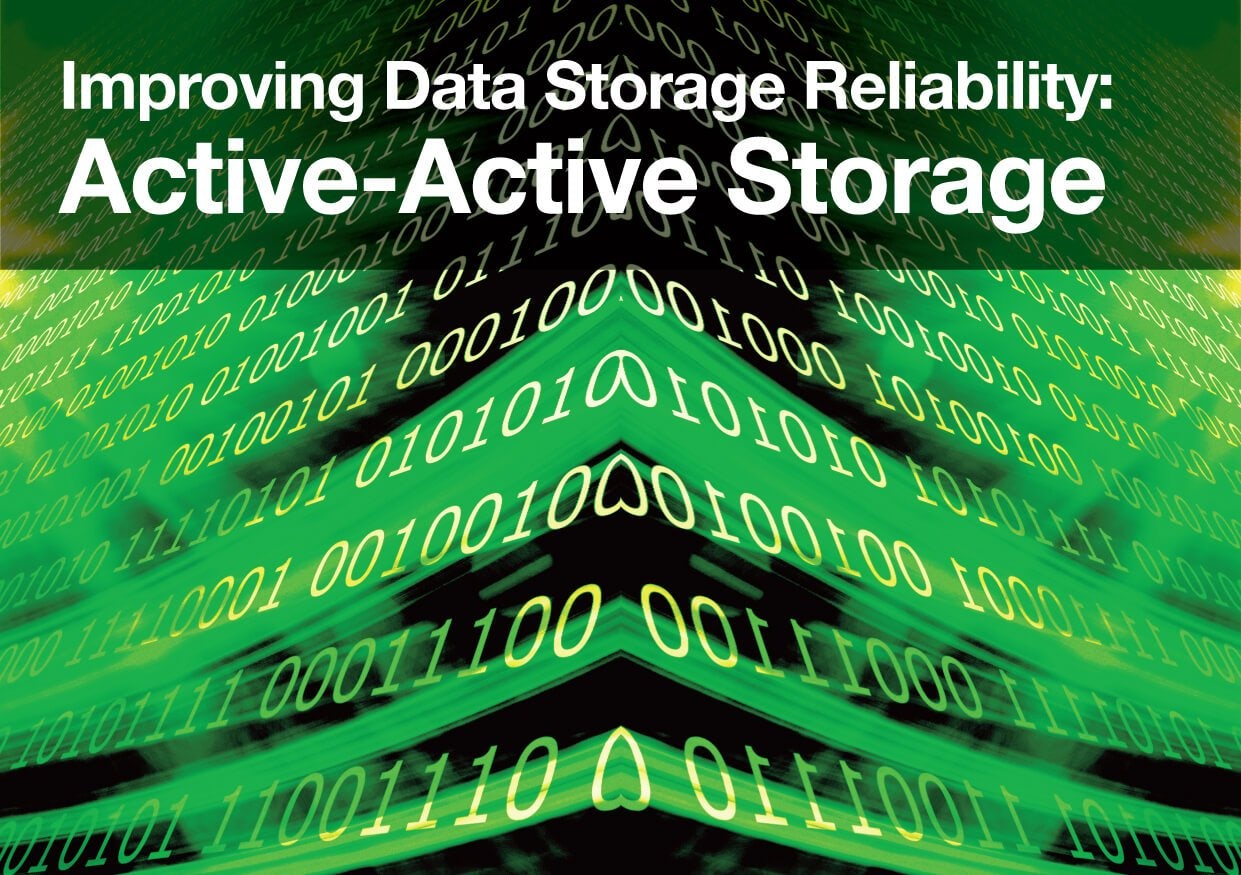Improving Data Storage Reliability: Active-Active Storage
The subject of corporate storage systems is gathering significant traction and prominence in the business world as companies capitalise on constantly evolving methods of data gathering and analysis.
Exciting new storage models and techniques are emerging to improve the quality, accessibility, and security of storage solutions, and data-heavy organisations are constantly on the look-out for better suited options.
Reliability has consistently been a key issue, as companies manufacturing and utilising the storage are starting to pay increasingly more attention to the storage’s ability to withstand threats and adapt to change, which is becoming significantly more crucial as data is collected around the clock with zero downtime. Historically, should a critical component fail, the ramifications for organisations and their clients have been enormously damaging. Fortunately, a solution for this problem is beginning to emerge in the form of active-active data storage.
Active-active data storages are defined by the International Data Corporation, IDC, as “data centres as a model whereby two data centres of the same business system can deliver services on a concurrent basis, serving as mutual backup to each other as a contingency measure.” As a part of this, the data centres receive the same data, hold copies of it, and enable the same business host to access, read, and write to it. In practice, this means two separate, yet identical, data centres working in tandem to deliver data analysis for the client more efficiently. Depending on the surrounding conditions, they can switch between the two sets of data to provide the best possible service. This sort of storage modelling also allows the client to endure outages and other technical issues without disruption.
The key to achieving the advantages of the active-active model type lies is the centres’ ability to access separate hardware, and operate on software that isn’t interlinked. Therefore, the engine for the storage systems needs to be unique for both, which is how it copes with electronic issues. Such a system, whilst very efficient, is also costly to set-up and maintain. This can create a barrier for many small and medium-sized businesses who would otherwise benefit from it.
Despite the cost implication, Dashboard recognises great value in active-active storage as a solution for many problems that individual centres have been prone to encounter in the past. Data storage is not only critically important for ourselves, but also for many of our partner companies. To this end, we aim to inform our partners of the best solutions available, and active-active storage units are high on our list of favourites.
